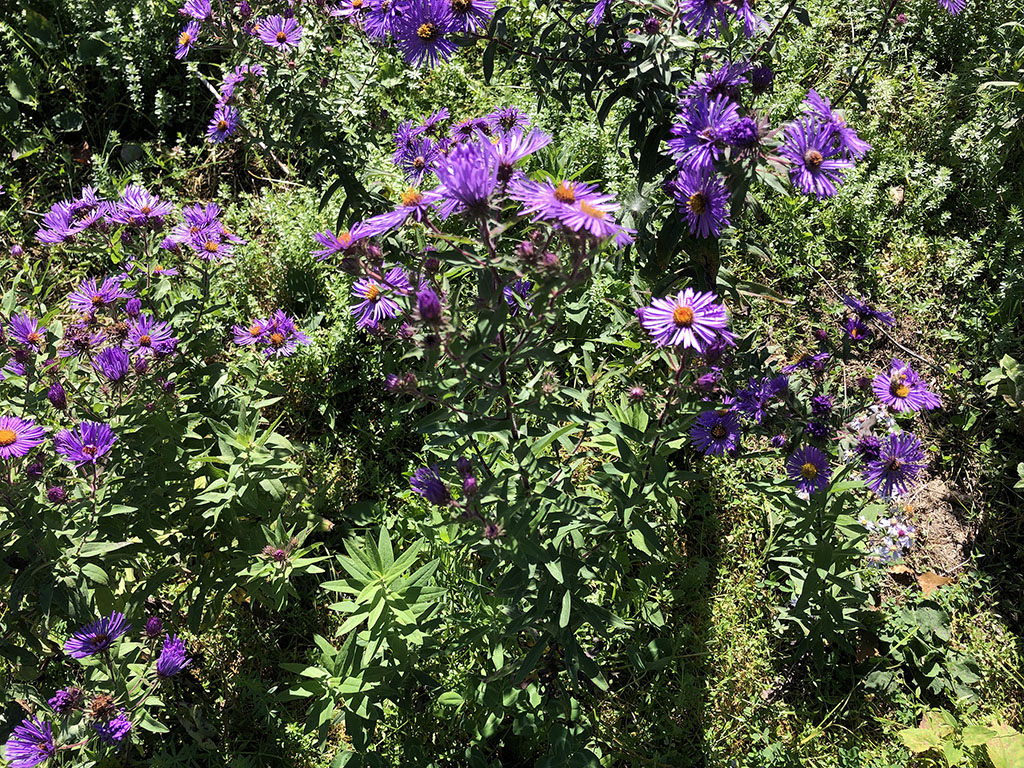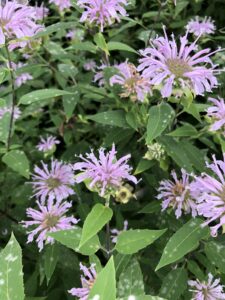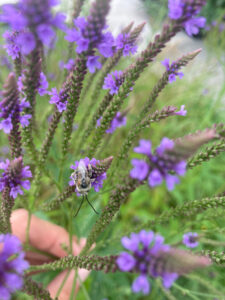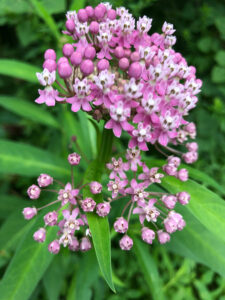
Following the record rains of June and heat of July, our native plants are growing faster than ever with more species being added weekly! If you were unable to make it to the in-person sale in Falmouth in June, or we were sold out of plants you really wanted, please check our online store as our inventory is almost full again.
How it works:
It’s easy! Just place your order online here: shop.mainenativeplants.org and schedule a pickup. At Gilsland Farm Audubon Center in Falmouth, plants will be available for pickup every week on Thursdays and Fridays, 10 am-4 pm. To ease traffic we ask that you select and schedule for a one-hour time slot. For Fields Pond Audubon Center in Holden, order online and schedule pickup on August 5, August 26, September 2, or September 16.
And now for the plants!
The weather has been kind to midsummer planting and we have a variety of plants that will provide abundant food and habitat for wildlife in the coming months. Here’s a glimpse of what’s available from some lesser known plants to keystone native species.
Pollinator species for dry areas… and good TICK deterrent

Virginia Mountain Mint is a native mint variety that is very aromatic and highly attractive to pollinators, especially solitary bees. Worried about ticks? Mint is shown to be a natural tick deterrent, which makes this a win-win for pollinators and humans alike!

Wild Bergamot, also known as bee balm, is a native variety of the widely cultivated bee balm. It’s adored by honey makers as it’s a favorite of bees. It is also known to attract Hummingbirds! In addition to its wildlife value, it has many medicinal and culinary uses and can be used as a culinary herb similar to oregano or thyme!
Pollinator species for wet areas

photo by Field Naturalist Andy Kapinos/Maine Audubon
Blue Vervain, often found in sunny wetland environments, is a tall perennial with purple flowers that bloom late July through August. Great for low lying areas (rain gardens) or rich soils.
Common Boneset, closely related to Joe Pye Weed, thrives in moist soils but is tolerant of dry conditions. Boneset grows 3-5’ tall, with hairy leaves and fuzzy flowers. It’s a wonderful complement when growing just in front of Joe Pye Weed, as it is slightly smaller in stature.
Keystone Species (supercharged wildlife value)
New England Aster (pictured at top), perhaps the most popular aster for Maine gardens, is known for its brilliant purple flowers which put on a prolific fall display. Highly valued by pollinators as a late season food source, it’s a great companion to milkweeds as it supplies a bountiful food source for newly hatched Monarchs.
Additional Asters in stock: Flat Topped Aster, Heart-leaved (blue wood) Aster, Smooth Aster, White Heath Aster

Milkweeds – Butterfly Weed, Swamp Milkweed
Most famously known as the host plant for Monarch caterpillars, these two varieties bridge the gap between wet and dry soil types. Butterfly Weed, with its brilliant orange flowers, is typically found in sunny areas with low nutrient soils. Alternatively, Swamp Milkweed is found growing in sunny, wet to dry areas with rich soils. If you want to attract butterflies (specifically Monarchs), milkweed is a must!
Coming soon: Cut-Leaf Coneflower, Foxglove Beardtongue, Goldenrods, Lobelias & many more!
